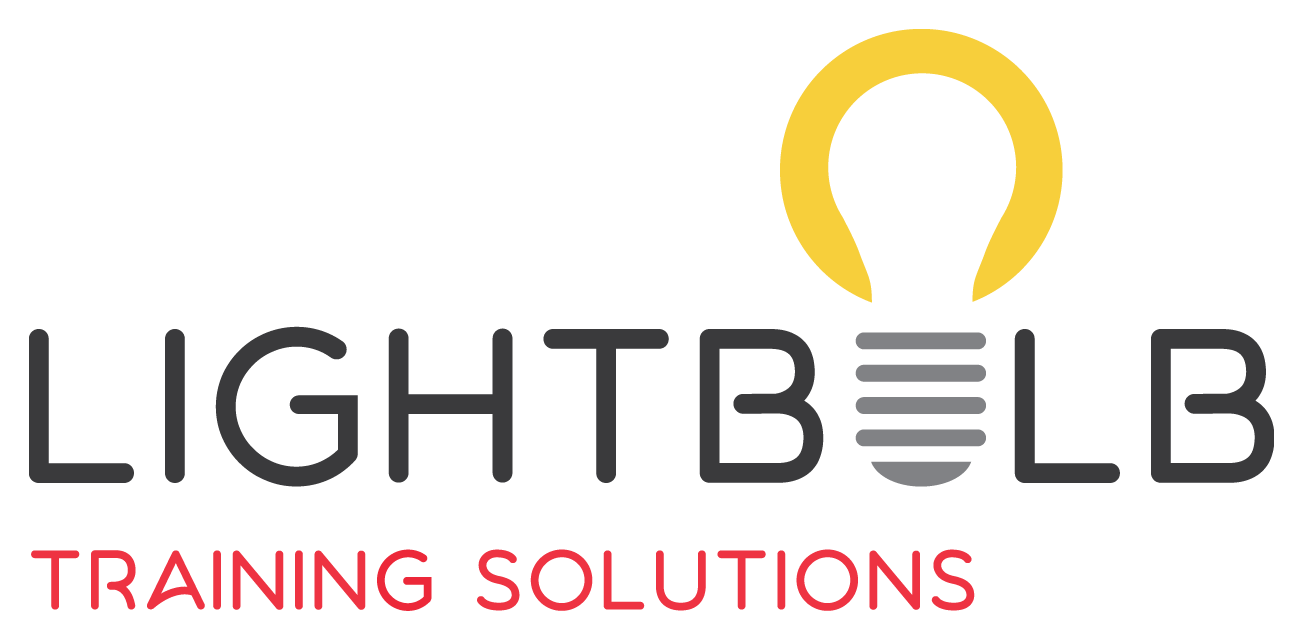40% of your customer service team need you to know this now.
Continuous professional skill development is critical for all workers – including me in my role as a workplace trainer. I regularly seek to refresh and improve my training and assessment skills and as part of this, I recently completed an upgrade in my trainer and assessment qualification that covered language, literacy and numeracy.
The below information was part of the curriculum and it stunned me, but it also confirmed why the upgrade was mandatory.
LLN skills are now recognised as fundamental to improved workforce participation, productivity and social inclusion. The 2006 Adult Literacy and Life Skills Survey indicates that 40 per cent of employed Australians and 60 per cent of unemployed Australians have a level of literacy below the accepted standard needed to work in the emerging knowledge-based economy (Australian Bureau of Statistics 2008) (Source: www.mrwed.com.au LLN learning resource)
It’s a little confronting and although the information is over 10 years old, it’s a big insight into why communication skills training in workplaces is in high demand and why my phone is ringing regularly.
What is literacy?
Literacy has traditionally been thought of as reading and writing. Although these are essential components of literacy, today our understanding of literacy encompasses much more. Alberta Education defines literacy as the ability, confidence and willingness to engage with language to acquire, construct and communicate meaning in all aspects of daily living.
How can you improve the literacy skills of your customer service team?
Those with literacy challenges have often developed highly effective ways to disguise their weaknesses. Technology has also been a huge help in this area – I know I’d be lost without spellcheck!
The good news is there are many ways you can help those in your frontline team to improve their literacy skills. Try out a few of the below.
ü Include diagrams and pictures in your written materials
Record videos to share information to the team
Include case studies and real-life stories to explain the ‘how’s and why’s’
Ask staff to verbally confirm their understanding or written instructions
Have fun – create a quiz of emoticons/emojis and SMS/text abbreviations and see who knows the most
Listen to people having conversations (Podcasts or YouTube without the vision are good for this purpose) and ask staff to assess the tone of different voices. Discuss how tone conveys insights into the possible feelings of the communicators.
Gentle Warning: Be mindful of how you introduce literacy development actions to your team. Individuals are more likely to respond positively and engage fully if they are not feeling targeted or exposed. You may like to share the LLN Survey outcomes as confirmation that 40-60% of your customers may have LLN struggles and the more your team has empathy for and understanding of this, the better your customer service will be.
Continual development of language, literacy and numeracy skills is vital for everybody, not just for those of us who are perceived to have poor skills.
Want some more help developing your team into confident communicators?
By Cate Schreck - Author of The A - Z of Service Excellence

